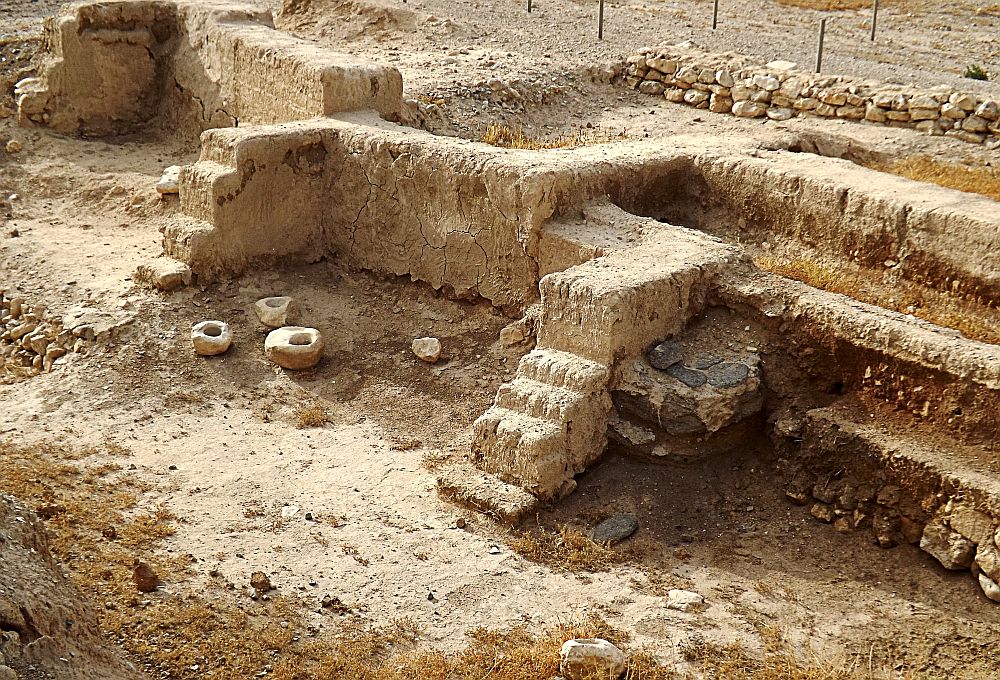The Houston Chronicle reports that the insides of some bridges and other concrete structures in the state, and elsewhere in the region, are turning to gel, and the culprit is alkali-silica reaction. Depending on the amount of moisture that seeps into the concrete, the gel can grow and cause the concrete to expand, crack and eventually fail.
“In recent years concrete bridge structures in the U.S. have been experiencing an unusually high level of premature concrete deterioration,” noted a recent study by Houston engineering consultant firm Walter P. Moore.
The ASR reaction is caused when local aggregate reacts chemically to the alkali in the cement. In some cases, the concrete will crack long before reaching a structure’s expected service life of 70 to 90 years, experts say.
One solution began being tested in 2000 when the Texas Department of Transportation added a requirement that fly ash be added to the cement mix, thereby lowing the alkalinity of the concrete. But, that results in a concrete that takes longer to gain strength. This has lead to complaints because it slows the work schedule of contractors who must keep the poured concrete in support forms for longer periods, highway engineers say.
The ASR problem has been found in several thousand bridge support beams across the state, said TxDOT engineer Lisa Lukefahr, director of the rigid pavement and concrete materials branch.
Highway engineers have repaired damaged bridge beams, bridge supports and other structures affected by ASR by applying reinforced carbon fiber material to strengthen the concrete. In addition, a number of sealants and caulks are applied to concrete to keep out moisture that can increase the growth of ASR gel.
The ASR problem is not limited to highway bridges. University of Texas researchers cited 29 failures of the 150-foot tall high mast towers that illuminate freeways in nine states. Some of those failures were attributed to broken welds or stripped bolts, but several were caused by ASR weakening the concrete bases that anchor the light towers.
In the Houston area, state highway crews have installed supportive wraps around the bases of six light towers, said TxDOT engineer John Vogel. He said ASR has been detected in concrete structures in the Houston district, particularly those built before new concrete standards took effect in 2000.
“It’s the climate we have, and how it affects concrete,” causing the problem, said LaWanda Howse, a spokeswoman for the state’s Toll Road Authority. “All the roadways were built to specification, there wasn’t anything done wrong.”
ASR is a problem highway officials say is unusually severe in the South due to excessive heat and humidity that can cause moisture to seep into concrete.
Highway experts are continuing to look for a solution, and note that testing shows 80 percent of sands and 60 percent of aggregate rock from Texas quarries is reactive.
CTT Categories
- Construction
Related Posts
The urban fabric of brick—Part 3: Innovations and the future of design
November 11, 2025
The urban fabric of brick—Part 2: Ancient brick history
October 28, 2025


